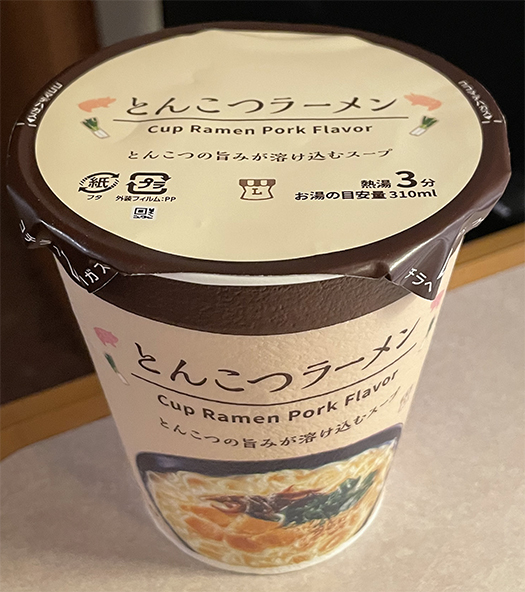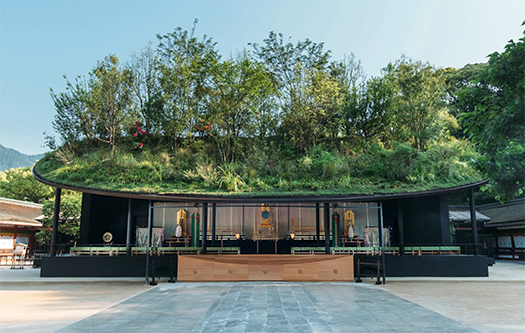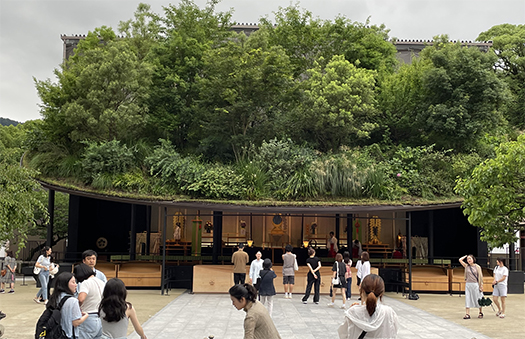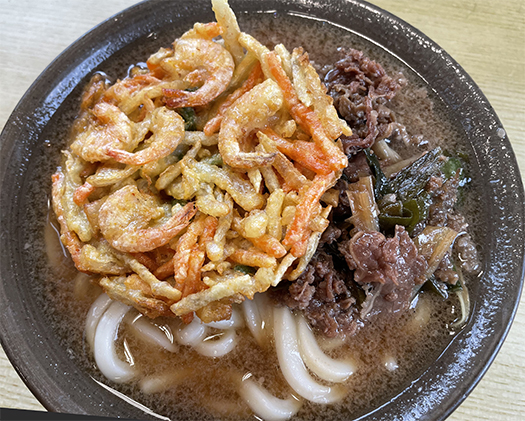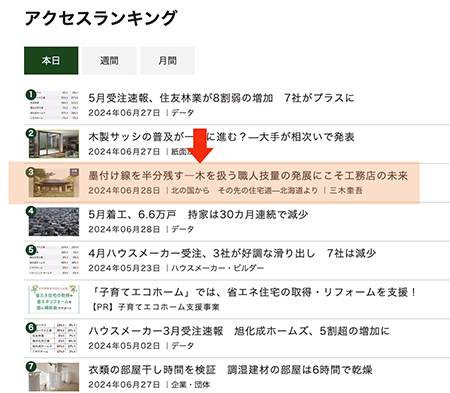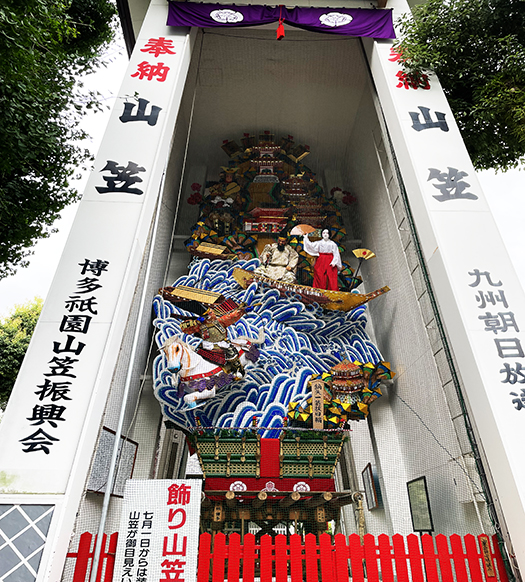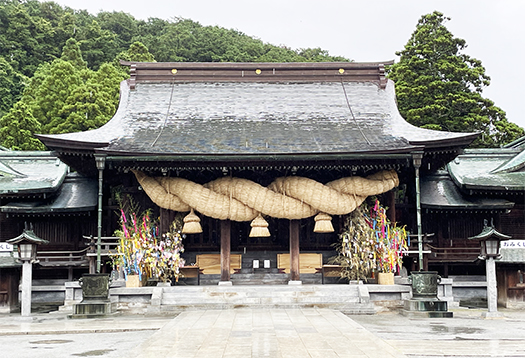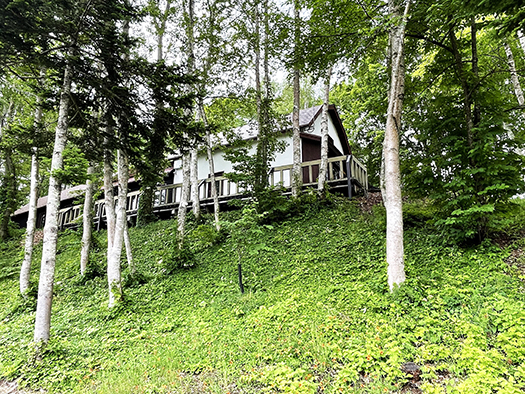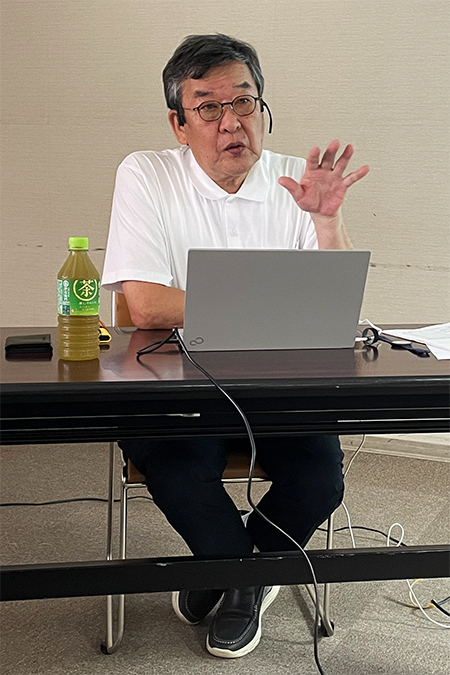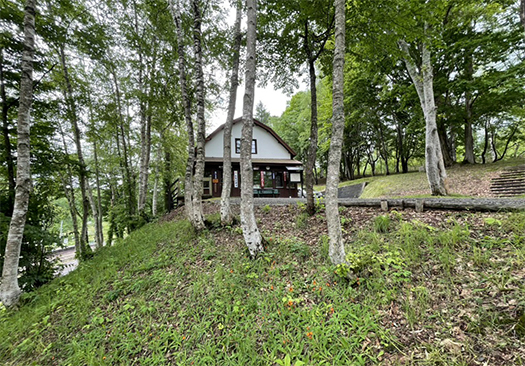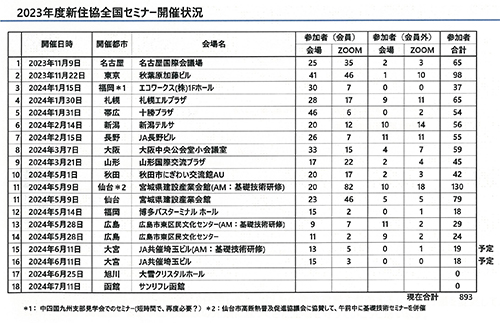しばらく1週間旅していて、その期間中にさまざまな事柄が起こっていたので、それへの対応に順次追われております。もっとも重要な動きに昨日、主体的行動的に対応して、そこからの帰り道、ケータイに先方から即対応の反応があって今後事態の推移をより深く注視することになりました。
次世代のための活動であって息の長いことですが、だからこそ自分の役割だと思っています。
それ以外にもたくさんの案件が出来していますが、冷静に対応していきたいと思います。
旅行中、ニュースも確認できなかった環境の中、6日前に非常に重要な発表があったことを知った次第。それが表題の件であります。これまでも新聞メディアの危機は言われてきましたが、その事業の骨格的な領域で、対応してきたインフラ産業側からの「撤退宣言」という事態。以下、日刊工業新聞 2024年07月01日WEBからの要旨転載。
〜部品調達が困難に…三菱重工機械システム、「新聞輪転機」製造終了
三菱重工機械システム(神戸市兵庫区、小嶋聡社長)は新聞用オフセット輪転機(新聞輪転機)の新台製造の終了を決定した。新聞輪転機に関わる人員の高齢化が進んでいるのに加え、部品調達が困難になっている状況を踏まえて判断した。アフターサービスの提供は最長でも2036年3月までに終了し、新聞輪転機事業からも撤退する。同社は1966年に新聞輪転機の初号機を納入してから、延べ670台を超える新聞輪転機を国内外で納入してきた。新聞輪転機の新台製造は、現在注文を受けている顧客との契約分の納入をもって終了する。納入設備の修理や維持などアフターサービスは当面継続する。〜
メディアという事業領域で長く人生を過ごしてきた人間として、完全な「時代の大転換」を実感。新聞業界にとって輪転機が産業として成り立たないという事態は、まさにきわめて重大。この三菱重工機械システムはシェアが5割を超えていたということだそうで、トップ企業にしてこうであれば、そのまま新聞業界全体の非常警報と言っていい。1966年以降、58年間で670台生産ということで、単純には1年間で10台平均、ほぼ全国の「新聞社」の需要とパラレルなのでしょう。
・・・こうした状況を受けて根底的な構造転換は不可避。ただ、従来の紙メディアが果たしてきた役割は形を変えて、情報取得の需要は確実にあり続ける。いやむしろ増大するに違いない。ツールは変わらざるを得ないということ。そういうなかで知恵と工夫で新時代は開かれていくのだろう。
待ったなしの大号砲は大きなチャンスでもあり得る。これまでなにを準備し、どのような未来構想を磨いてきたか、それが問われていくのでしょう。
English version⬇
MHI Announces Withdrawal from Newspaper Rotary Press Business
The situation is tantamount to the cessation of production of automobiles, the foundation of a transportation company. What kind of future will be created by the collapse of the production base? We must look at the essence of the situation and look forward to the future. Newspaper
I have been on the road for a week, and various things have been happening during that period, so I have been busy responding to them one after another. On my way home from the trip, I received an immediate response on my cell phone from the other party, which prompted me to keep a closer eye on the situation.
It is an activity for the next generation, and it is a long-lasting thing, but that is why I think it is my role.
There are many other projects in the pipeline, and I intend to respond to them calmly.
During my trip, I was not able to check the news and learned that a very important announcement had been made six days earlier. That is the case of the title. The crisis of the newspaper media has been mentioned in the past, but this is a “declaration of withdrawal” from the infrastructure industry, which has been the backbone of the business and has been handling the situation. The following is an abstract reprint from the Nikkan Kogyo Shimbun July 01, 2024 web.
〜MHI Machinery Systems to End Newspaper Rotary Press Production
Mitsubishi Heavy Industries Machinery Systems (Hyogo, Kobe; President: Satoshi Kojima) has decided to terminate the manufacture of new newspaper offset presses (newspaper rotary presses). The decision was made in light of the aging of personnel involved in newspaper printing presses and the increasing difficulty in procuring parts. After-sales service will be discontinued by March 2036 at the latest, and the company will also withdraw from the newspaper printing press business. Since delivering its first newspaper printing press in 1966, the company has delivered a total of more than 670 newspaper printing presses in Japan and overseas. The manufacture of new newspaper printing presses will be terminated with the delivery of the contracted units to the customers who are currently placing orders. After-sales service, such as repair and maintenance of delivered equipment, will continue for the time being. ~.
As someone who has spent a long time in the media business domain, I feel that we are in the midst of a complete “sea change of the times. For the newspaper industry, the fact that rotary presses are no longer viable as an industry is a matter of the utmost importance. Mitsubishi Heavy Industries Machinery Systems, Inc. had a market share of over 50%, and if this is the case for a top company, it can be said to be an emergency alarm for the newspaper industry as a whole. This is almost parallel to the demand of all “newspaper companies” in Japan.
However, the role played by the traditional print media will be reshaped, and the demand for information acquisition will certainly continue to exist. In fact, it is bound to increase. This means that tools will have to change. In this context, a new era will open up with wisdom and ingenuity.
The “big gun” that is about to be fired could also be a great opportunity. What have we done to prepare and refine our vision for the future?
Posted on 7月 5th, 2024 by 三木 奎吾
Filed under: 状況・政治への発言 | No Comments »




